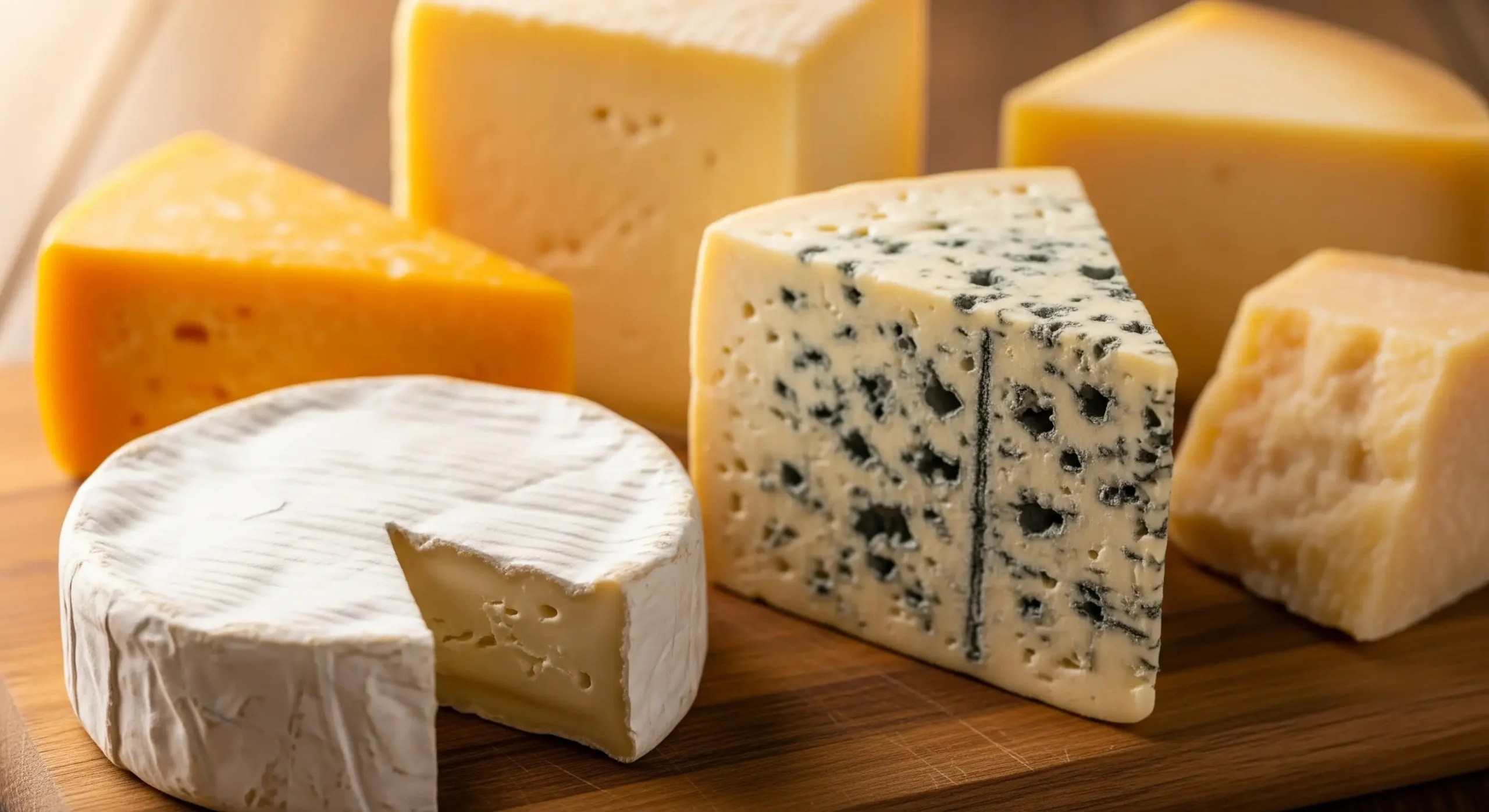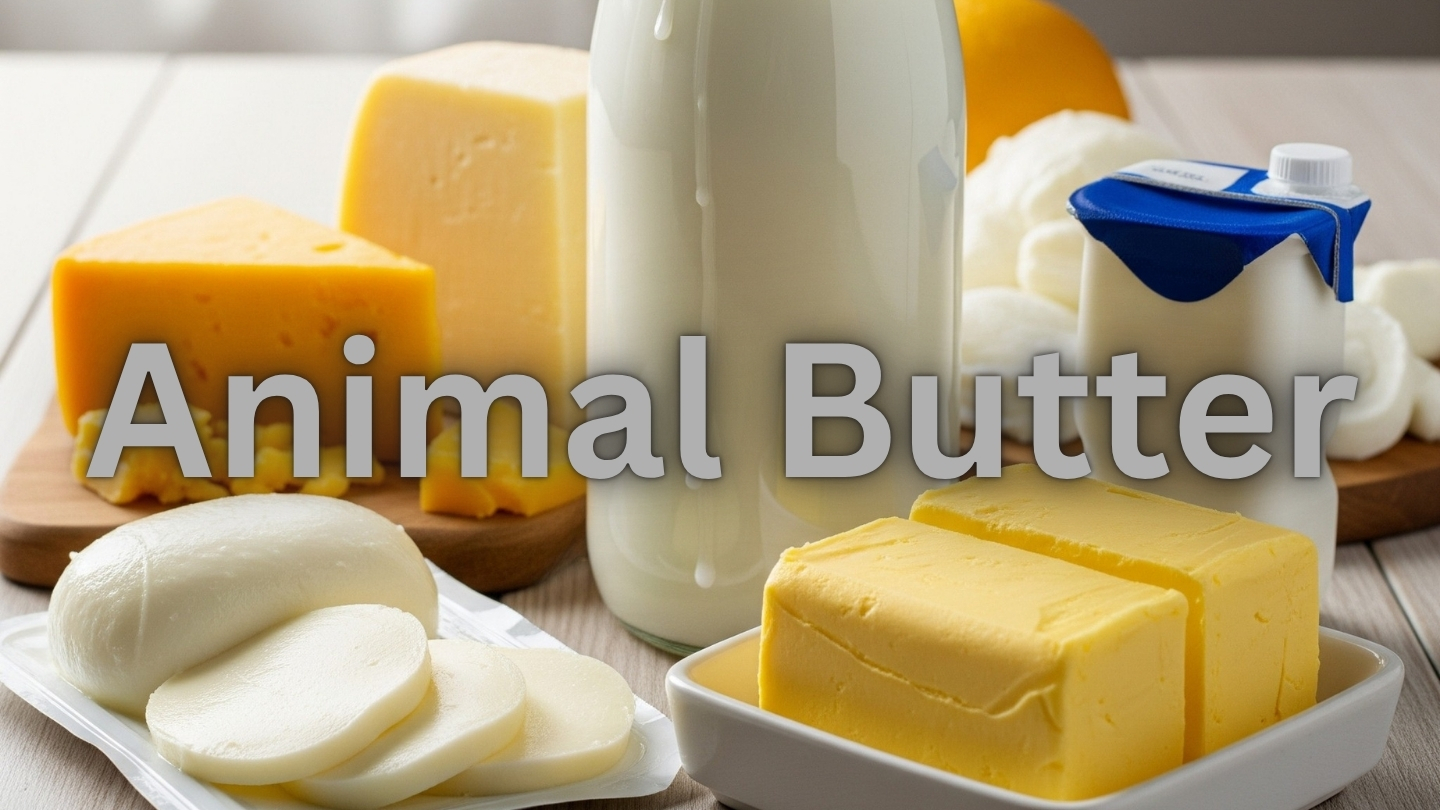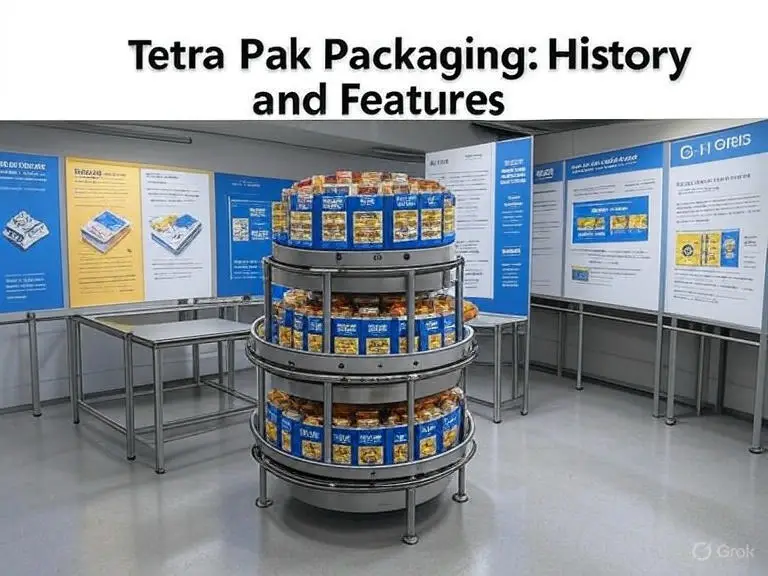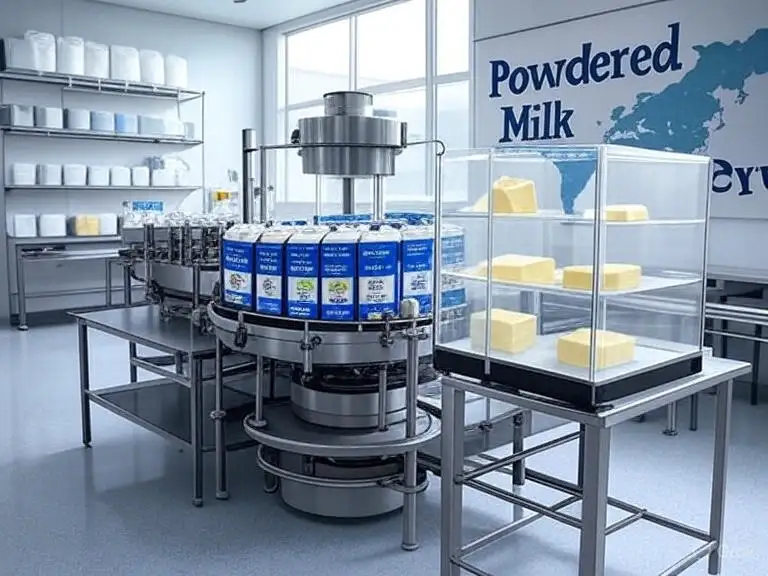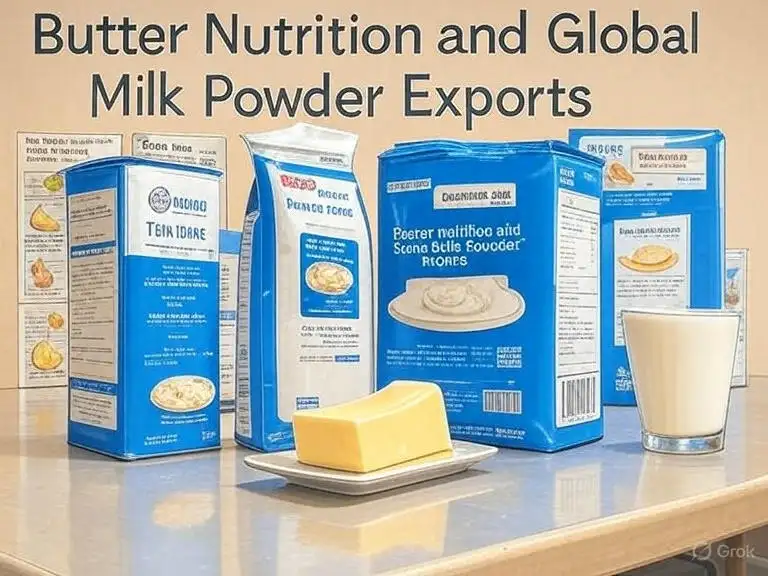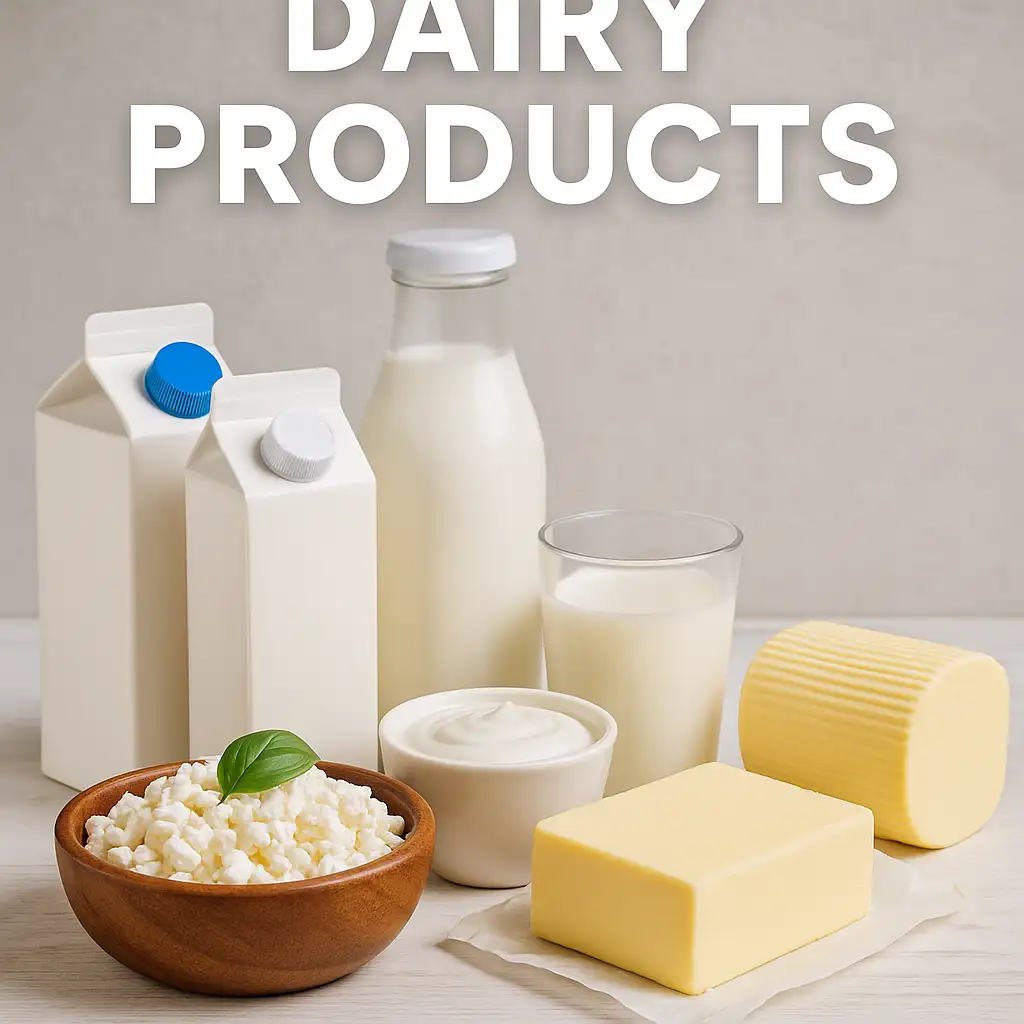Cheese: Ancient Art and Infinite Variety Cheese is one of the oldest and most diverse dairy products, with a history spanning thousands of years. This nutritious product is made by coagulating milk and then separating the whey from the curds. Cheese is not just a staple food in many cultures; it holds a special place in global cuisine due to its complex flavors, varied textures, and high nutritional value. — History of Cheese The story of cheese goes back to prehistoric times, when humans first began domesticating animals. Its discovery was likely accidental: Around 8000 BC: It’s believed that the first cheeses emerged in the Fertile Crescent (Middle East) or Central Asia, where sheep and goats were first domesticated. Legend of its Origin: A common legend tells the tale of an Arab merchant carrying milk in a pouch made from a sheep’s stomach (which contains the enzyme rennin). During his journey, the sun’s heat and the rennin in the pouch caused the milk to curdle, separating the curds from the whey, leading to his accidental discovery of cheese. Ancient Civilizations: Evidence of cheese production exists in ancient Egypt (around 2000 BC), ancient Greece, and ancient Rome. The Greeks and Romans made significant advancements in cheese production, making it an important part of their diet and trade. Middle Ages and Renaissance: During the Middle Ages, monasteries in Europe became important centers for cheese production. Many famous cheeses we know today, like French and Italian varieties, have their roots in this era. With the Renaissance, the art of cheesemaking became more sophisticated and diverse. Modern Era: As industrialization progressed, cheese production also entered an industrial phase, though traditional and artisanal methods maintained their importance. Today, cheesemaking is a complex science and art, combining tradition, biology, and technology. — General Cheese Production Method While the methods for producing different cheeses vary widely, the basic principles are almost identical: Milk Preparation: Pasteurization: Milk is usually pasteurized to eliminate harmful bacteria, although some traditional cheeses are made from raw milk. Standardization: Milk fat may be adjusted to achieve desired ratios. Adding Starter Culture: Lactic acid bacteria (starter cultures) are added to the milk. These bacteria convert lactose (milk sugar) into lactic acid, which lowers the milk’s pH and creates specific flavors and aromas in the cheese. Adding Rennet (Coagulating Enzyme): Once the milk reaches the desired acidity, rennet (an animal, microbial, or plant-based enzyme) is added. Rennet causes the milk proteins (casein) to coagulate, turning the liquid milk into a gelatinous curd. Cutting the Curds: The formed curds are cut into smaller pieces. The size of the cut influences how much whey is expelled and, ultimately, the final texture of the cheese (soft, semi-hard, or hard). Stirring and Heating (Cooking): The cut curds are gently stirred and, in many cases, heated. This process releases more whey and helps the curds firm up. Separating Whey and Pressing: After cooking, the whey is separated from the curds. The curds are then placed into special cheese molds and pressed. Pressing expels any remaining whey and creates the cheese’s final shape. Salting: Salt is added to the cheese. This can be done by rubbing salt on the surface, immersing the cheese in brine, or adding salt to the curds before pressing. Salting not only enhances flavor but also acts as a preservative and aids in rind formation and final texture. Aging (Maturing): After production, cheeses are stored for a period under controlled temperature and humidity. This stage, the most crucial part of cheesemaking, can last from a few days to several years. During this time, enzymes and microorganisms (like bacteria or molds) break down proteins and fats, creating complex flavors, aromas, and textures in the cheese. Rind washing, mold inoculation, or piercing the cheese (for blue cheeses) are some specific processes during this stage. — Types of Cheese: Infinite Variety It’s impossible to give an exact number of how many types of cheese exist globally, as new varieties emerge daily, and even regional differences in production can create distinct new types. Estimates range from hundreds to thousands of different kinds of cheese. However, we can categorize cheeses based on key characteristics: Main Categories of Cheese: Fresh Cheeses: Characteristics: No or very short aging period, high moisture content, soft texture, and a mild, milky flavor. Examples: Cottage Cheese, Ricotta, Mascarpone, Cream Cheese, Mozzarella (fresh), Fresh Feta, Lighvan and Tabriz Cheese (Iranian), Queso Fresco. Soft Ripened/Bloomy Rind Cheeses: Characteristics: Feature an edible white, velvety rind created by specific molds (e.g., Penicillium candidum). The interior becomes soft and creamy, ripening from the rind inwards. Examples: Brie, Camembert. Semi-Hard Cheeses: Characteristics: Lower moisture than soft cheeses, firmer yet still flexible texture. Moderate aging period. Examples: Gouda, Edam, Havarti, Cheddar, Swiss/Emmental. Hard Cheeses: Characteristics: Very low moisture, firm and dense texture, long aging period (from several months to several years). Offer very complex and sharp flavors. Examples: Parmigiano Reggiano, Pecorino Romano, Grana Padano, Manchego. Blue Cheeses: Characteristics: Contain blue-green mold veins throughout the cheese (created by Penicillium roqueforti or Penicillium glaucum). Known for pungent, salty, and sometimes spicy flavors. Examples: Roquefort, Gorgonzola, Stilton, Danablu. Washed Rind Cheeses: Characteristics: The rind is washed with specific liquids (e.g., brine, beer, wine, brandy), promoting the growth of particular bacteria (like Brevibacterium linens), which creates an orange-brown rind and a strong (sometimes pungent) aroma. The interior is usually soft and creamy. Examples: Limburger, Époisses, Taleggio. Feta Cheeses: Characteristics: A salty, white cheese typically made from sheep’s or goat’s milk and stored in brine. It has a crumbly texture and a tangy, salty flavor (traditional Greek Feta). Processed Cheeses: Characteristics: Made by blending one or more types of cheese with emulsifiers, water, salt, and other additives, then heating them. They have a uniform texture, long shelf life, and good melting properties. Examples: Sliced cheese for pizza, triangular breakfast cheese, processed pizza cheese. — Uses of Cheese (Household and Industrial) Cheese is an incredibly versatile food used in a wide range of dishes: Household Uses: Breakfast: With bread, jam,
Animal Butter
Animal Butter Definition and Nature of Our Animal Butter Our Animal Butter is a premium dairy product traditionally made from cow’s milk fat, ensuring authentic flavor and superior quality. While traditionally derived from cow’s milk, some varieties might use sheep, goat, or buffalo milk. It’s produced by separating milk fat from other components (like water and proteins) through a meticulous churning process. Its rich flavor, creamy texture, and distinctive aroma are primarily due to the presence of beneficial short- and long-chain fatty acids, volatile organic compounds, and diacetyl (an aromatic compound) naturally found in high-quality milk fat. Our Production Process: From Farm to Your Table We pride ourselves on a careful and hygienic production process to bring you the finest Animal Butter: Milk Reception and Standardization: Raw milk undergoes rigorous quality tests, is skimmed, and cream with a suitable fat concentration (typically 35-40%) is precisely separated. Cream Pasteurization: The cream is pasteurized at high temperatures (usually 85-95°C) to eliminate pathogenic microorganisms and inactivate lipase enzymes (which can cause fat spoilage), ensuring safety and stability. Cream Ripening (Aging/Ripening): The pasteurized cream is cooled and held at a low temperature for a period (several hours to a day). This step aids in fat crystallization and increases cream viscosity, crucial for the churning process. For our cultured butter options, select lactic acid bacteria cultures are added at this stage to develop specific, delightful flavors and aromas. Churning: The cream is subjected to intense mechanical agitation in specialized churns. This carefully breaks down the fat globule membranes, causing them to clump together to form butter grains, which then separate efficiently from the buttermilk. Washing: The butter grains are meticulously washed with cold water to remove residual buttermilk and enhance shelf life and purity. Salting and Working (Kneading): For our salted butter varieties, high-quality salt is added, and the butter is expertly kneaded to distribute the salt uniformly and ensure even moisture distribution within the butter. This also refines the butter’s texture, making it smooth and spreadable. Packaging: Our **Animal Butter** is carefully packaged in various forms and weights to ensure freshness and convenience for your household or industrial needs. Composition and Nutritional Value of Animal Butter Our Animal Butter primarily consists of pure milk fat (around 80-82%). The remainder is natural water (15-18%) and small, beneficial amounts of protein, lactose, and essential minerals. Vitamins: A good source of naturally occurring fat-soluble vitamins, crucial for various bodily functions: Vitamin A: Essential for healthy vision and a robust immune system. Vitamin D: Vital for bone health and immune system regulation. Vitamin E: A powerful antioxidant protecting your cells. Vitamin K2: Important for bone and heart health, often found in higher concentrations in butter from grass-fed animals. Fatty Acids: Contains a valuable mix of saturated fats (approx. 50-60%), monounsaturated fats (approx. 20-25%), and polyunsaturated fats (approx. 5-10%). Key beneficial fatty acids include: Butyrate: A short-chain fatty acid with proven anti-inflammatory properties, highly beneficial for gut health. CLA (Conjugated Linoleic Acid): A naturally occurring trans fatty acid found in ruminant dairy products, with some studies suggesting antioxidant and even anti-cancer properties. Cholesterol: Contains dietary cholesterol, but modern research indicates its dietary intake has less negative impact on blood cholesterol levels than previously thought, especially in healthy individuals. Versatile Uses of Our Animal Butter Household Uses: Perfect for breakfast spreads (with bread, toast, jam), adding a rich, creamy taste. Ideal for daily cooking, including gentle frying, sautéing vegetables, and preparing aromatic rice dishes. The secret ingredient in homemade cakes, pastries, and cookies, providing unmatched flavor and texture. Forms the base for classic sauces (like béchamel, hollandaise) and enriches soups and purees. Industrial Uses: Baking and Confectionery Industry: Widely used in the production of various breads, croissants, Danish pastries, luxury cakes, butter cookies, tarts, and dry pastries. Our butter significantly contributes to layering (in puff pastry), desired crispiness, rich flavor, and improved shelf life. Chocolate and Confectionery Industry: A key ingredient in the formulation of premium milk chocolates, toffees, caramels, and chocolate fillings for its creamy texture and authentic dairy flavor. Ice Cream Industry: Utilized to improve the texture, richness, and overall creaminess of high-quality ice cream products. Baby Food: Incorporated as a natural fat source in some baby food formulations due to its nutritional profile. Restaurants and Food Service: An indispensable choice for frying, flavoring, and preparing a diverse range of gourmet dishes. Benefits of Choosing Our Animal Butter Rich Source of Fat-Soluble Vitamins: Naturally packed with essential Vitamins A, D, E, and K2, vital for overall health including bone integrity, vision, skin, and a strong immune system. Contains Beneficial Fatty Acids: Provides Butyrate (anti-inflammatory and gut-friendly), CLA (with antioxidant properties), and easily digestible medium-chain fatty acids that offer quick energy. Enhances Nutrient Absorption: The healthy fats in our butter facilitate better absorption of fat-soluble vitamins from other foods consumed alongside it. Unmatched Natural Flavor and Aroma: Our **Animal Butter** imparts an unparalleled, authentic taste and aroma to dishes, highly valued by culinary professionals and home cooks alike. Promotes Satiety: Its natural fat content contributes to a longer feeling of fullness, potentially aiding in appetite control and preventing overeating. Considerations When Using Animal Butter Saturated Fat and Cholesterol Content: While scientific understanding has evolved, it’s worth noting that **Animal Butter** contains saturated fats and cholesterol. For individuals with specific dietary concerns, particularly those with a history of heart disease or high-risk factors, moderation in intake of saturated fats is generally advised. Higher Calorie Content: As a concentrated source of fat, **Animal Butter** is high in calories (around 100 calories per tablespoon). Excessive consumption without balancing energy intake can contribute to weight gain. Lactose Sensitivity: Although the lactose content in butter is very low, individuals with severe lactose sensitivity might experience minor issues in rare cases. Explore More of Our Products: Fresh Milk & Dairy Products Quality Vegetable Margarine Organic Cheese Selection Healthy Yogurt Range For any questions about our Animal Butter or other products, please don’t hesitate to contact us directly. We are here to help!
Tetra Pak Packaging: History and Features
Tetra Pak Packaging: Revolutionizing Food Storage History of Tetra Pak In 1943, Dr. Ruben Rausing, a Swedish innovator, introduced Tetra Pak, a revolutionary packaging solution designed to maximize storage efficiency. The first pyramid-shaped Tetra Classic hit the market, followed by aseptic packaging that extended food shelf life to at least six months without refrigeration. In 1993, Tetra Pak acquired Alfa Laval, expanding its range to include multifaceted plastic and paper packaging. What Is Tetra Pak Packaging? Tetra Pak, meaning “four-sided,” originally referred to tetrahedral packaging but now includes octagonal designs like Tetra Prisma. Made from layers of paper, polyethylene, and aluminum, it was first used for milk in Sweden. Aseptic Tetra Pak allows sterilized milk to be stored for up to four months without refrigeration, while pasteurized milk retains a shorter shelf life, similar to bottled milk. Layered Structure of Tetra Pak Tetra Pak typically consists of five to six layers: Polyethylene (Outer): Prevents environmental moisture ingress. Paper: Enhances structural strength. Polyethylene (Adhesive): Bonds paper and aluminum layers. Aluminum: Blocks oxygen and light to preserve flavor. Polyethylene (Inner): Secures layers and protects contents. Layer thickness varies based on the product’s acidity or alkalinity. For example, sterilized milk requires an aluminum layer, while pasteurized milk may not. Applications of Tetra Pak Tetra Pak is widely used for aseptic packaging of dairy products (milk, cream), juices, tomato sauce, and desserts. Its design eliminates the need for preservatives, making it ideal for products like soy milk and UHT milk. Advantages and Disadvantages Advantages Compact and space-efficient, allowing transport of millions of units per truck. Multi-layered design prevents moisture, air, and light ingress. Preservative-free storage for extended shelf life. Easier storage compared to metal or glass packaging. Disadvantages The inclusion of aluminum and polyethylene makes Tetra Pak less recyclable than fully paper-based packaging, slowing the recycling process. Types of Tetra Pak Packaging Tetra Brick: For refrigerated dairy distribution. Tetra Classic Aseptic: For liquid foods like juices and sauces. Tetra Fino Aseptic: For UHT milk. Tetra Prisma Aseptic: Octagonal packaging for specialty drinks. Tetra Ricart: For sterilized vegetables and ready meals.
Powdered Milk: History, Production, and Uses
Powdered Milk: A Comprehensive Guide to Its History and Uses The History of Powdered Milk Powdered milk, initially developed for infant formula, gained prominence in Poland post-World War II. During the food crisis, it was distributed alongside dried meat and canned goods to address shortages. Its popularity surged in the 1970s and 1980s due to its convenience and long shelf life. What Is Powdered Milk? Powdered milk, also known as milk concentrate, is created by removing over 90% of the water from fresh milk, resulting in a stable, easy-to-store product. Available in full-fat, low-fat, and skim varieties, it retains concentrated minerals and vitamins. The drying process reduces moisture to 3-5%, making it ideal for long-term storage. Applications in the Food Industry Powdered milk is a versatile ingredient used in products like cakes, biscuits, chocolate, yogurt, ice cream, cheese, and reconstituted milk. In the dairy industry, it serves as a cost-effective substitute for fresh milk. In baked goods, it enhances flavor, promotes browning for a golden hue, and boosts nutritional value. Infant Formula vs. Industrial Powdered Milk Industrial powdered milk differs significantly from infant formula. The former is typically low-fat and natural, with no added ingredients. In contrast, infant formula is tailored to mimic breast milk, enriched with vitamins, minerals, and enzymes. Some formulas are lactose-free for sensitive infants, and production adheres to strict hygiene standards. Nutritional Profile of Powdered Milk Industrial powdered milk retains the salts of fresh milk, but heat during drying may cause minor protein denaturation and vitamin loss. Infant formulas are often fortified with nutrients like iron. Contrary to myths, adding powdered milk to foods like cakes and biscuits enhances their nutritional value rather than diminishing it.
Butter Nutrition and Global Milk Powder Exports
Butter and Global Milk Powder Exports: Nutrition and Trade Insights Butter: A Nutrient-Rich Dairy Product Butter, a dairy product made by churning milk or cream, has been a staple in diets for over 4,000 years. Traditionally crafted from cow’s milk, it can also be made from sheep, goat, or buffalo milk. Butter transforms from a fat-in-water emulsion to a water-in-fat emulsion, solidifying when refrigerated but softening at room temperature. Nutritional Value of Butter Butter is packed with vitamins (A, D, E, K) and minerals (manganese, chromium, iodine, zinc, copper, selenium). A tablespoon contains: 102 calories 11.52g fat (7.29g saturated, 0.43g unsaturated, 0.47g trans) 0.12g protein 0.01g carbohydrates Health Benefits of Butter Saturated Fats: Support heart health and brain development. Fatty Acids: Boost metabolism and immunity. CLA: May reduce fat mass and fight cancer. Butyrate: Supports gut health. Calcium: Strengthens bones and teeth. Vitamin A: Promotes thyroid and eye health. Antioxidants: Protect against free radicals. Side Effects of Excessive Butter Consumption While butter is nutritious, overconsumption can lead to health issues due to its high saturated fat, cholesterol, and sodium content (in salted butter). Risks include: Heart disease from artery hardening. Increased cancer risk due to cholesterol buildup. Obesity from excess calorie intake. Allergic reactions in lactose-intolerant individuals. Sore tongue from excessive fatty food consumption. Moderation is key. Limit saturated fat to 10% of daily calories (e.g., 22g for a 2,000-calorie diet, or about 3 tablespoons of butter). Global Milk Powder Exports in 2018 In 2018, the top 15 countries accounted for 77% of global powdered milk exports. Leading exporters included: New Zealand: $5.5B (19.3% share) Germany: $2.8B (9.8% share) Netherlands: $2.5B (8.6% share) Belgium: $1.7B (1.6% share) United States: $1.6B (5.6% share) Notable growth was seen in Hong Kong (+244%), Ireland (+34%), and Uruguay (+14%), while Argentina (-24%), Belarus (-39%), France (-36%), and the US (-34%) faced declines.
Dairy Products
Dairy Products – Powdered Milk, UHT Milk & Butter Introduction to Dairy Products Imex Georgia provides high-quality milk powder, shelf-stable UHT milk, and rich butter to meet the growing demand for reliable dairy solutions. These essentials support daily nutrition, offer convenience, and maintain freshness for extended periods. Types of Dairy Products Available Milk Powder Milk powder is known for its long shelf life and consistent quality. It is a practical option for bakeries, food processing, and emergency supplies. Our powdered milk contains vital nutrients, such as calcium and protein, supporting strong bones and overall health. Shelf-Stable UHT Milk Our UHT milk, sealed in Tetra Pak cartons, stays fresh for months without refrigeration. This dairy product is ideal for international distribution and areas with limited cooling. It offers both nutrition and convenience. High-Quality Butter Our butter adds flavor and richness to cooking and baking. With its smooth texture and consistent performance, this dairy product enhances everything from pastries to savory dishes. Benefits of Choosing Our Dairy Line Each dairy product is processed with care to maintain its nutritional value and meet international standards. Customers enjoy longer shelf life, convenient packaging, and hygienic handling. These features help businesses manage inventory efficiently. Industries Served by Our Dairy Products Restaurants, food manufacturers, hotels, and distributors benefit from our powdered milk, UHT milk, and butter. Their versatility and consistent quality make them essential in multiple sectors. Imex Georgia ensures timely delivery and product reliability. Sustainable Dairy Processing We are committed to sustainability. From responsible sourcing to eco-friendly packaging, our practices aim to reduce environmental impact. Our dairy products reflect our values and care for the planet. Why Imex Georgia Is a Trusted Name in Dairy By choosing Imex Georgia, you gain access to premium dairy items tailored for global use. Our powdered milk, shelf-stable UHT milk, and creamy butter are crafted for performance and satisfaction. We focus on quality, service, and long-term partnerships. Reach Out for Dairy Product Inquiries Are you looking for dependable dairy supplies? Contact Imex Georgia today for powdered milk, UHT milk, and butter solutions. Let’s discuss how we can support your business needs efficiently.


